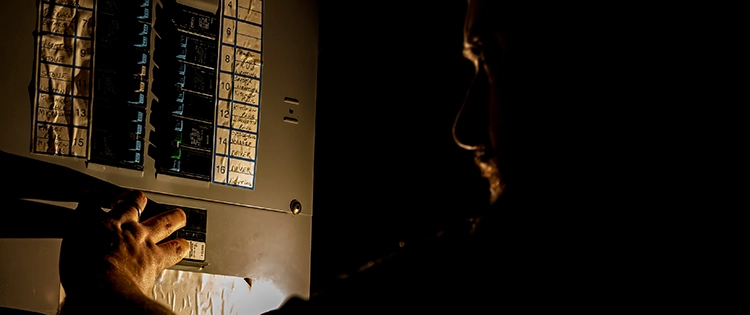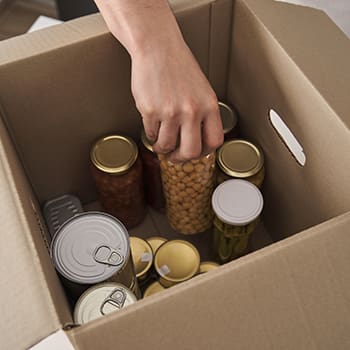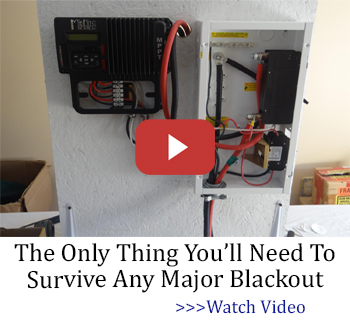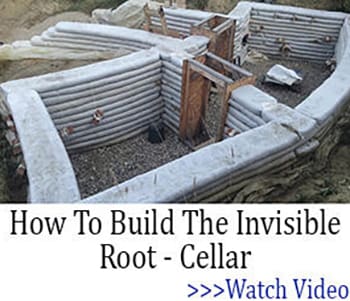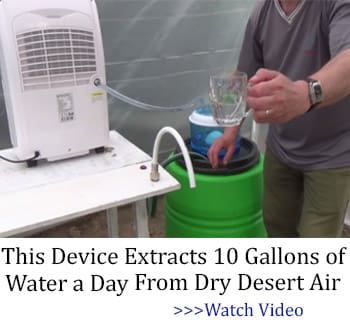I wasn’t too worried when the lights flickered. It happens, sometimes. It was a stormy night, with the temperature hovering just above freezing and occasional spatters of cold rain lashing the windows. I had no clue it’s gonna be a big blackout.
People use more power on nights like that, so it’s not unusual for a spike in consumption to cause a momentary flicker or two. Nothing to worry about at all – until the lights flickered again, then went out.
It wasn’t the first time I’d experienced a blackout, and I still wasn’t alarmed. After all, the power would be back in a few hours, at most – maybe even a few minutes.
Related: The #1 Enemy of Going Off Grid
A quick rummage in a kitchen drawer turned up a flashlight with a healthy set of batteries and, grateful that I’d made a pot of coffee not long before the power failed, I sat down to read a book in the glow of the flashlight. Outside, the temperature dipped further and the patchy rain turned to sleet, then to steady snow.
Five hours into the blackout I’d changed batteries in the flashlight twice and only had one spare set left. I found my camping gear and dug out a rechargeable headlamp, but that was in urgent need of a recharge.
With no power and no heating, the temperature in the house was falling too. Worst of all, the coffee was long gone and I couldn’t make any more. At this point, I decided to give up and go to bed. It would be easier to stay warm in there, and in the morning the power would be back.
The Power Stays Down
When I woke up, with the alarm clock dark and my breath clouding in front of my face, the power wasn’t back. The snow had stopped sometime during the night and the temperature had dropped even lower. I got up and dressed, adding a couple of extra layers because it was now very cold inside the unheated house, and then headed to the kitchen to see what I could do about breakfast.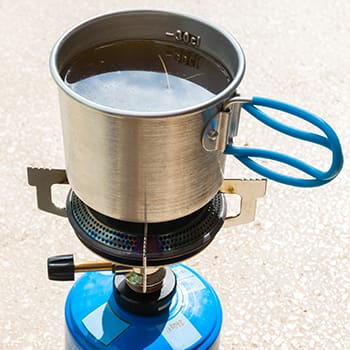
The answer turned out to be cereal and buttered bread, and tea made with water boiled on my camping stove. Unfortunately, the stove was already low on gas and I didn’t have a spare canister for it, so there was no chance of using it to cook any actual meals. Before you’re in a similar situation, learn here how to build an oven that cooks without fire, fuel, or smoke.
I decided that, after breakfast, I better drive into town and pick up a few more canisters. The power had already been out for over twelve hours and my optimism about it being back on soon was fading. I might need more gas, and I could pick up some easily cooked-food while I was in town.
Related: What to Eat When the Power Goes Out
That’s when the next problem appeared: The road hadn’t been plowed. I dug the car out anyway and tried it, but I was sliding all over the place before I was halfway down the driveway and there were a few places along the road where I knew the snow would have drifted deeper. Also, I wasn’t going anywhere. I was going to have to survive with what I had in the house – and that wasn’t going to be fun.
And it wasn’t. I ate a lot of cheese sandwiches and rationed myself a couple of mugs of tea or hot chocolate every day. The house was cold enough that the refrigerator worked just as well without power, and I packed the contents of the freezer into garbage bags and buried them in a snowdrift.
Apart from that I spent most of my time on the couch wrapped in blankets; once a day I’d recharge my phone in the car, and take the chance to sit in there for an hour with the engine running and the heating going full blast, but with less than half a tank of gas left I had to ration its use.
Things Get Serious
Days were cold and unpleasant, especially as my supplies of non-perishable food that could be eaten cold started to run low.
Nights were worse. The flashlight batteries were all gone on the second day, and I was down to the headlight.
Luckily I could recharge that along with my phone, and I did have a box of candles, but they needed to be used carefully because of the fire risk.
When the blackout finally ended, almost four days after it began, it was a huge relief. It was still cold, but I could heat the house again. I could make hot meals. Best of all, I wasn’t cautiously moving around a dark house. Civilization had returned.
The first thing I did was take a long shower, and now I had hot water again. Then I fired up the coffee machine. Next, I sat down to start work on a list of what I needed in case it happened again. I was about to become a prepper.
What Did I Learn?
I suffered badly through that blackout because I just wasn’t prepared for a crisis. I had some useful items – most of them in my camping gear – but the truth was I was totally unequipped for what happened.
However, I wasn’t ready to cook without power, so I was stuck with a small supply of food that could be eaten without cooking. And I had no way of heating my home. I had no lanterns to give proper lighting. I didn’t even have a way to charge my phone without running the car.
Since then, I’ve made some changes.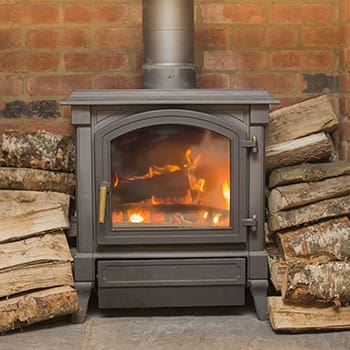
I’ve added a wood-burning stove that will keep the house warm, boil a kettle, or let me slow-cook in a Dutch oven.
Additionally, I’ve learned that under no circumstances should you burn these types of wood in a wood-burning stove.
I have a rechargeable LED lantern that will light an entire room reasonably brightly, and a couple of kerosene lanterns in case a blackout lasts longer and I can’t recharge the LED one.
Related: 5 Solar-Powered Items That Actually Make Sense To Keep Handy
Since I keep a big can of kerosene in the shed now I also got a kerosene heater for some extra warmth. As for food, I have a large stock of canned food that just needs to be reheated, as well as MRE-style meals that are even easier to prepare.
I now have a large first aid kit, and I always keep the car’s gas tank as close to full as I can. Just in case, there are four five-gallon gas canisters in the shed along with the kerosene.
Burning kerosene indoors carries risks, so I have new carbon monoxide detectors too. They’re battery-powered, but that’s fine – I now have a lot of spare batteries, plus a couple of heavy-duty power banks that get their charge topped up weekly.
Reflecting on my experience, I realized the importance of being truly prepared. That’s why I turned to the Modular Backyard Power Plant. It’s a reliable, easy-to-build system that provides consistent power, even during long-term blackouts. With step-by-step instructions and detailed illustrations, you can set up your own power source in no time.
It’s a game-changer for anyone who wants to ensure their family’s safety and comfort in an emergency. Don’t wait for the next blackout to find out you’re not ready.
I’ve learned a lot from the experience of that blackout, and if another one (or some other crisis) happens, I’ll be a lot safer and more comfortable than I was last time.
This article first appeared here.
10 Items To Stockpile For When The Power Goes Out
An Insanely Effective Way to Build a 5 Year Food Stockpile (Video)
5 Ways To Power Your Homestead
